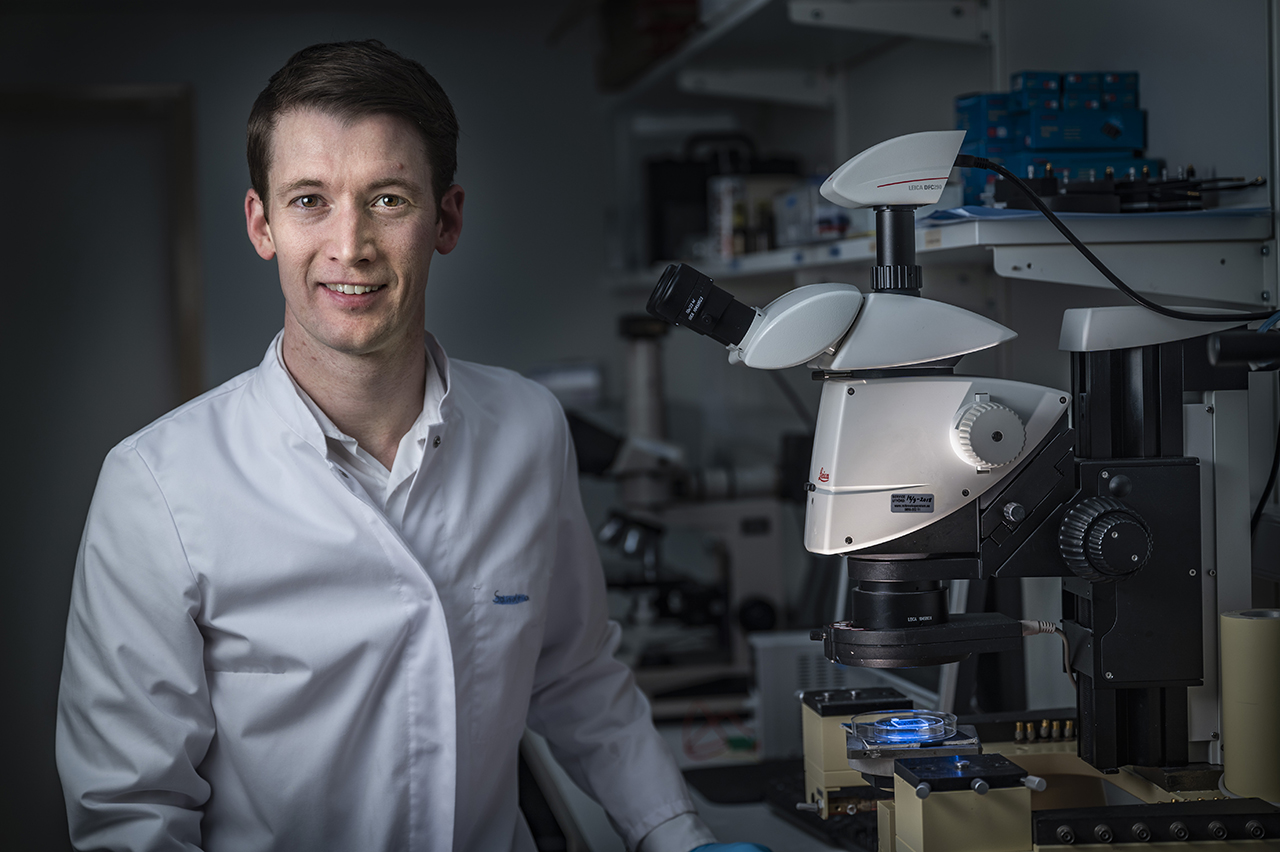How cytotoxins are delivered straight into a cancer tumour
KTH is a world leader in research and development on micro and nanotechnology. Now the technology can be used to make future cancer treatments more effective and with fewer side effects. A remote-controlled miniature drug capsule will make such treatment possible.

There is a great need to be able to deliver drugs with greater precision – preferably direct into the affected organ. New ways of delivering drugs locally in the body could radically improve the possibility of treating severe diseases, such as brain tumours, that currently cannot be cured.
Reduced side effects
Researchers at KTH are developing a new form of minute drug capsules that can be sent into the body to deliver a concentrated dose of cytotoxin straight into a tumour. The capsules are steered using ultrasound. The targeted treatment can lead to better results and also reduce side effects and the risks associated with treatment using powerful drugs.
The capsules are no thicker than a hair and are steered using microcatheter technology all the way to a cancerous tumour in, for example, the brain, liver or lungs. These are organs that are too risky to reach by other methods. Once in place, the drug capsule can deliver regular doses of a drug over a period of time. This would enable patients to have long-term treatment without having to undergo repeated medical procedures.
Patches that deliver medicine
In recent years, KTH has developed several medical technology applications based on the successful research that has been done on micro and nanotechnology. One example is microneedle patches that deliver drugs through the skin or measure blood sugar levels in diabetic patients. In collaboration with the Massachusetts Institute of Technology, the researchers have also developed a swallowable capsule that can replace today's insulin syringes.
Key persons
Niclas Roxhed, Associate Professor in Medical Technology Micro and Nanosystems at KTH.
Göran Stemme, Professor of Micro and Nanotechnology, KTH.
Staffan Holmin, Professor of Clinical Neuroimaging at Karolinska Institutet.

